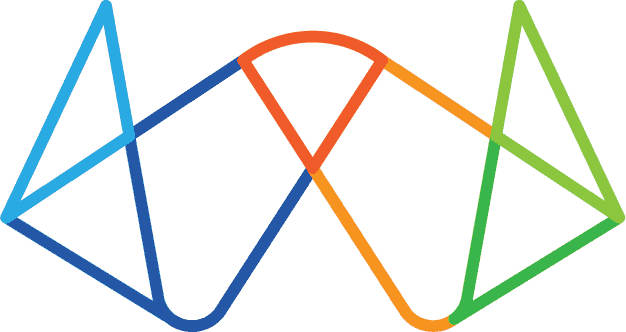Microsoft's AI Gamble
In late 2022, Satya Nadella made a wager that could define not just his tenure, but Microsoft’s identity for the next decade: a multibillion-dollar alignment with OpenAI and a wholesale reorientation of Microsoft around artificial intelligence. At the time, it felt prescient — even obvious. While Google hesitated, Apple stayed quiet, and Meta flailed, Microsoft moved swiftly. It bought access to what looked like the future, and Wall Street noticed: a trillion-dollar surge in market cap followed.
But by early 2025, that bet is running into the friction of reality.
Microsoft now finds itself navigating a confluence of headwinds — infrastructure retrenchment, stagnating stock performance, fraying ties with OpenAI, and an AI market that may be cooling just as the company was gearing up for hypergrowth. For a firm that has successfully surfed every technological wave since the personal computer, this moment feels different. The signals are murkier. The returns, more uncertain.
The market’s judgment has been swift. Microsoft stock barely dodged an eight-week losing streak — something it hasn’t seen since the 2008 financial crisis — and is down 16% from its July 2024 high. Worse, it’s the only member of the so-called "Magnificent 7" tech cohort not to post gains over the past year. That alone tells a story.
More quietly — and more tellingly — Microsoft is pulling back. Data center expansions have been shelved. Contracts to expand compute capacity, including a $12 billion option with CoreWeave, were left on the table. One estimate suggests these decisions represent a 14% reduction in potential capacity — roughly equivalent to all the compute in a global hub like Tokyo. That’s not a hiccup. That’s a strategic pivot.
And it's at odds with the narrative Microsoft itself has been telling: that demand for AI infrastructure is outstripping supply. Nadella, more measured recently, admitted in a podcast that “there will be overbuild.” In other words: maybe we overreached.
Then there’s the matter of OpenAI — once a close ally, now something closer to a contingency. Microsoft’s AI chief, Mustafa Suleyman, reportedly has two conflicting mandates: preserve the partnership *and* make Microsoft self-sufficient. It’s a hedge wrapped in a handshake. Internally, Microsoft is building its own models (codenamed “MAI”) and quietly testing competitors like Anthropic, xAI, DeepSeek, and Meta — preparing for a post-OpenAI world even as it still relies on OpenAI’s technology to power Copilot.
And that brings us to Copilot — Microsoft’s flagship AI product, and one not yet living up to its promise. Surveys suggest real-world usage remains shallow. Implementation is harder than expected. ROI is elusive. One government IT official described it as “so far behind that it is frustrating to use.” This isn’t just a Microsoft problem. It may be an AI problem.
Indeed, the broader market data suggests a cooling. According to the Fall 2024 Slack Workforce Index, AI adoption growth among U.S. workers has nearly stalled. CIOs are getting anxious. Gartner calls 2025 potentially the “year of the slide.” The hype curve, as it always does, appears to be dipping.
Microsoft turns 50 this year. And instead of a victory lap, it’s facing a fundamental question: was this AI pivot a bold leap into the future, or a premature sprint toward a market not yet ready to follow? The signals are mixed. The strategy appears increasingly contradictory — raising prices while AI traction lags, building in-house models while relying on a partner, slashing infrastructure even as it claims soaring demand.
Microsoft has long been a case study in reinvention. But this moment feels less like reinvention and more like triangulation — a company trying to keep one foot in the future while the ground beneath it keeps shifting. If the AI revolution really is coming, Microsoft is betting big. But for the first time in a long time, it’s not clear the company — or the revolution — is moving in a straight line.

